These days, the word real estate is often synonymous with structures. Homes, apartments, shops, factories and the like are all often thought of as real estate – but this is really only half the picture. Underneath every building in real estate is the land it rests on, which is itself a valuable asset and an opportunity for investors.
Though it may be a slightly different market with different players, there is just as much interest in buying vacant land in Ontario as there is in buying homes. The biggest appeal for vacant land comes down to its potential: a raw piece of land can be shaped into nearly anything the owner wishes.
For some, this means buying land to build their dream home. Others, like developers, will buy larger plots of land to build whole neighbourhoods or apartment buildings. A third use may be for commercial purposes, buying land for a new warehouse, factory, or shop for your company.
As the literal foundation upon which any building is constructed, the land is clearly important. That’s why it’s crucial when you plan on pursuing a construction or development project to ensure you understand how buying land works and how to choose the right land for you.
Why buy vacant land?
Vacant land can be as sound an investment as any other real estate purchase. Though we have a lot of it in Ontario, land is still a limited resource and will hold its value over the long term.
Vacant land won’t offer investors a lot of cash flow upfront, but there are near limitless options for improvements that can add value to the property. Buying vacant land may be an excellent option for those looking for an alternative to residential investments or someone looking to get into real estate developments.
The three types of vacant land in Ontario
Though empty plots of land may seem all the same to you, there are three distinct classifications of land in Ontario. These are vacant land, raw land, and crown land. These three classifications differ on a few points, such as the cost to buy, the cost to develop, how they are financed, and more.
The first is vacant land, which is land that usually exists within a municipality and has some existing utility services such as power, water, and septic, and is therefore prime for development. As a result, vacant land can be a bit more expensive than other plots.
The second type is raw land. As opposed to vacant land, raw land is almost entirely undeveloped and is usually found in more remote areas. There will be no utility connections, and there may not even be road access. Naturally, this offers great potential but also higher costs of development, and these pieces of land are a bit cheaper.
The final type of land in Ontario is Crown land, which is land owned and managed by the provincial government. In Ontario, 87% of our province is classified as Crown land. Crown land is primarily found in the North, with little Crown land existing south of Sudbury.
Crown land can be either purchased or rented from the government, but there are special processes in place that differ from your standard land purchase. We will cover this in more detail further on. Once you buy or rent crown land, there will also be restrictions on how you can use it.
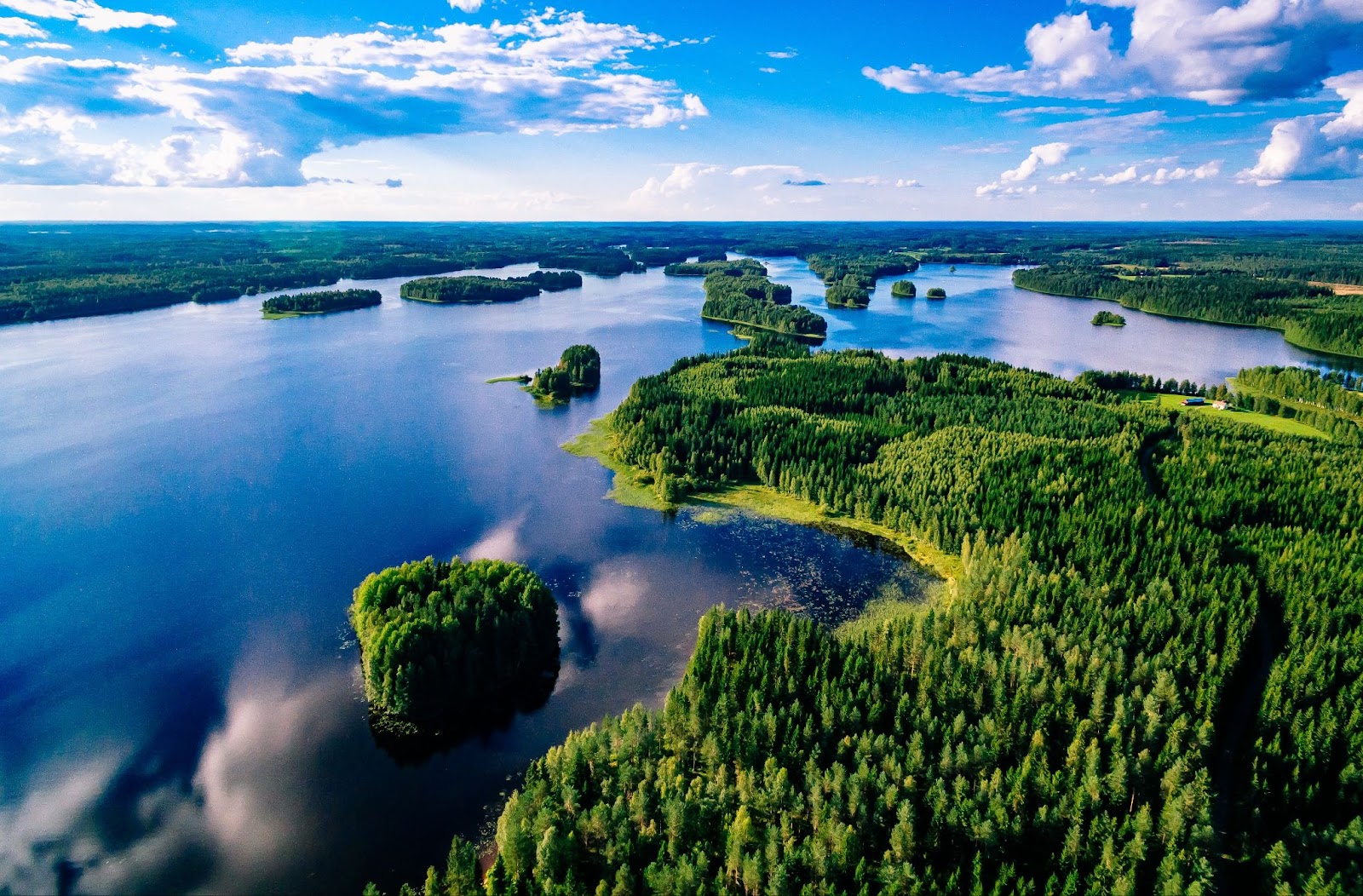
Buying vacant land
Buying vacant or raw land is a lot like buying a residential property. You can find listings for land through online listing services. After, you may work with a real estate agent to make the purchase, and a bank can help you by financing the purchase. But, buying vacant land isn’t exactly the same as buying any residential property.
When buying land, it is important to consider what you plan to do with it and what properties will work for your purposes. For example, if you are planning on building a home, buying vacant land with existing road and utility access may be ideal, and you may want to purchase near a city of your choice.
Once you know what you are looking for, you can start looking for land listings in your area. Before you purchase anything, you must do some research on the property and local laws.
Unlike a home, it may not always be obvious what you are getting with land, and in terms of construction, there may be local regulations and zoning laws that will need to be accounted for. In some cases, it may actually be legally impossible to build the structure you want on a given piece of land, and you need to be aware of this before you buy.
Buying land often includes a land survey to determine boundaries, a geological survey, a soil test, and more. These are all crucial to determining the viability of your project.
Some real estate agents specializing in vacant and rural land purchases will be an invaluable help in this process, especially if you are inexperienced in the field or new to the area. Your agent may also be able to connect you with other people that will be essential to your land purchase, including land surveyors, real estate lawyers who specialize in vacant land, and developers or builders.

Buying or renting Crown land
Crown land has its own unique process for purchasing or renting that requires you to go through the Ministry of Natural Resources and Forestry. One crucial fact to know is that if you plan to build a residential home on Crown land, you will only be able to buy within the bounds of an existing municipality.
When you are approved to use Crown land, also as Occupational Authority, you will be granted one of the five following documents:
- A land use permit allows the property to be used for specified activities for up to 10 years but does not offer any ownership or interest in the land. No extensive improvements or developments may be made to the land.
- A license of occupation is similar to a land use permit but can last for up to 20 years and is transferable between parties (subject to ministry approval).
- A lease provides exclusive use of the land for as long as the lease is active. With a lease, improvements and developments can be made on the land, and the lease can be used as loan collateral.
- An easement is a limited lease generally designed for things like the construction of power lines, pipelines or roads. The ministry may sell any land with an easement, but the buyer will be subject to the easement holder’s rights.
- A freehold letters patent grants the holder of the patent private ownership and use of the land. This is the least restrictive form of occupational authority and is only subject to conditions like road construction rights and mining rights. In addition, the rights granted by a freehold letters patent can be transferred through a sale.
The price of purchasing or renting crown land will be based upon the determined market value of the property. For more information or to apply for disposition of crown land, visit the Ontario government’s page on how to rent or buy Crown land.
Financing for vacant land
Vacant land is generally seen as a less secure loan for lenders due to the lack of any extensive structures that hold value and the fact that borrowers of vacant land aren’t at risk of losing their homes in the event of a default. As a result, a vacant land loan will usually require a higher down payment of 30% to 50%. These loans will also likely have larger interest rates.
Raw land will usually have worse loan conditions than vacant land due to its high cost of development, low potential for returns, and low potential resale value if the bank must execute a power of sale.
Due to their higher risk, you may need to consider multiple lenders before finding one willing to finance your property purchase. This may include alternative lenders and private landlords.
Some buyers who already own a home may choose to instead purchase land with funds from their existing home equity, such as with a HELOC. This will secure the money against your home and allow you to access better interest rates. Other options for financing may include personal loans or seller financing.
Does vacant land have property taxes?
Vacant land within a municipality and remote land will be required to pay some property taxes. Just because there are no structures on the land doesn’t mean that your property won’t benefit from other municipal services such as roads and utilities.
Generally, municipalities have different tax rates for various property types, so your tax rate will differ from your home’s property tax cost. In addition, because there is no home on the property, your tax payment will likely be based on a lower appraised value.
In more remote areas, the province will administer its own Provincial Land Tax that is calculated similarly to a municipal property tax. For more information, see: Do you pay property tax on vacant land in Ontario?
There are also some other taxes and fees to consider on vacant land. One cost to consider when buying vacant land is the cost of land transfer tax, which will need to be paid on all transfers. In addition, some things like HST and capital gains taxes may apply.
Building on vacant land
Once you buy land, you will probably want to build on it. This is a whole other process with many intricacies to consider. However, if you make sure to purchase suitable land to begin with, this will help make things go a lot smoother.
Building a home can take up to two years and will require the help of many different skilled professionals. Your first step should be to shop around for quotes from other builders in your area and try to find a reputable one who you would like to work with.
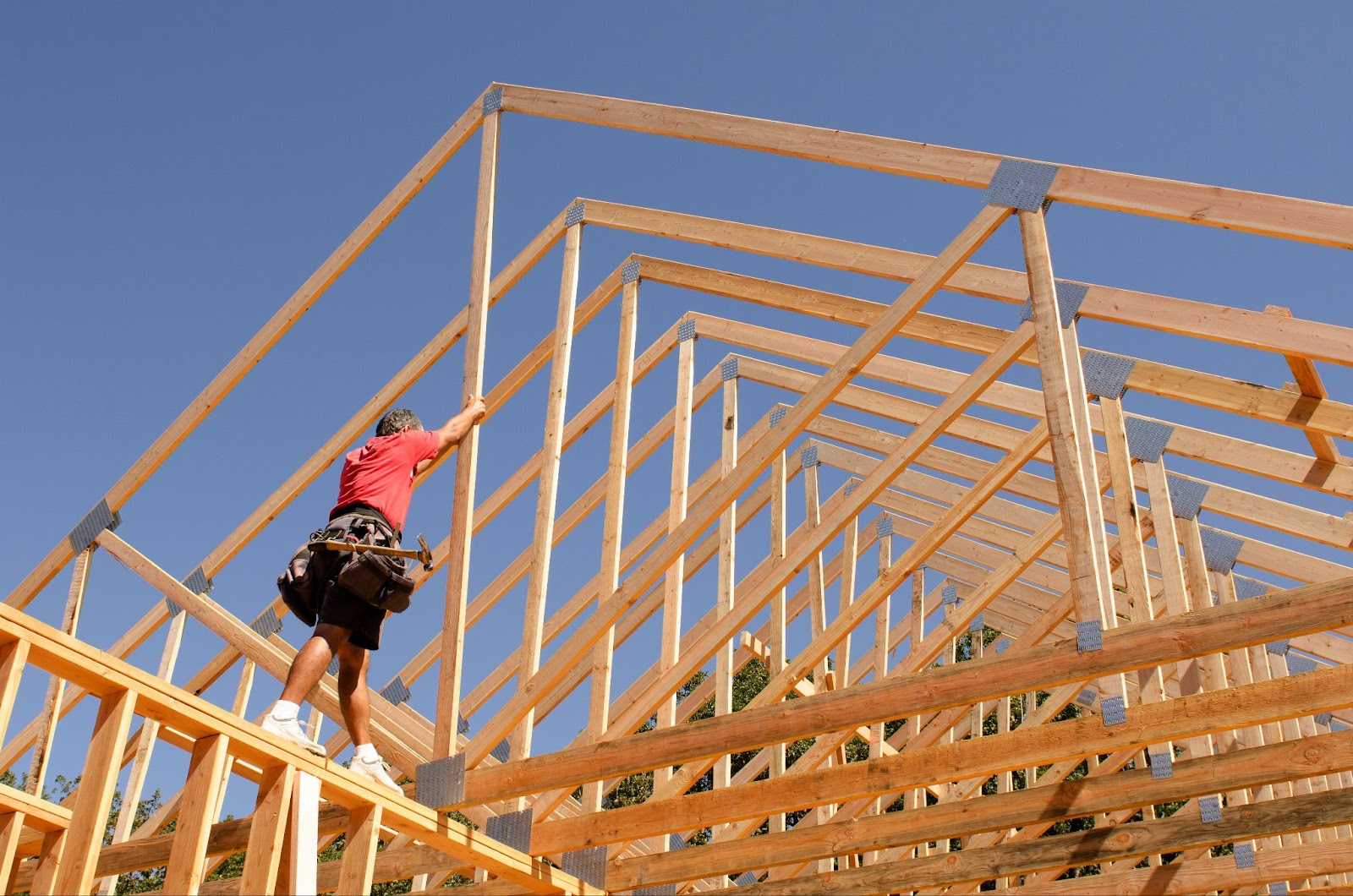
Conclusion
Vacant land, like any real estate, can be an excellent investment and offers opportunities like no other. With opportunity comes many important decisions that will need to be made to ensure you get the right property for you.
As the foundation where any home is built, choosing the right land in the right area will be one of the most important decisions in any development or construction project. You must conduct thorough research before purchasing land in Ontario.

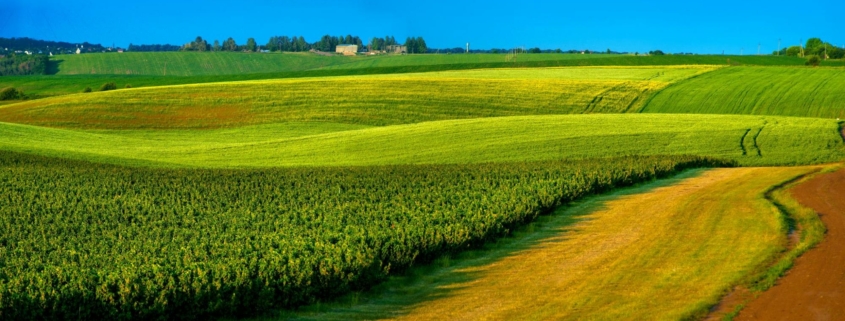

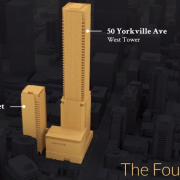


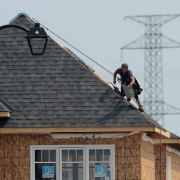
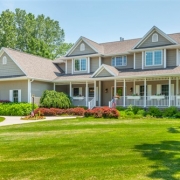

 Maziar Moini, Broker of Record - Home Leader Realty Inc.
300 Richmond St. W., #300, Toronto, ON M5V-1X2
Maziar Moini, Broker of Record - Home Leader Realty Inc.
300 Richmond St. W., #300, Toronto, ON M5V-1X2


